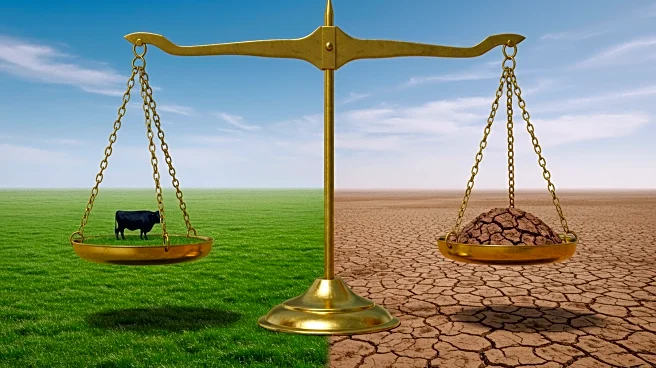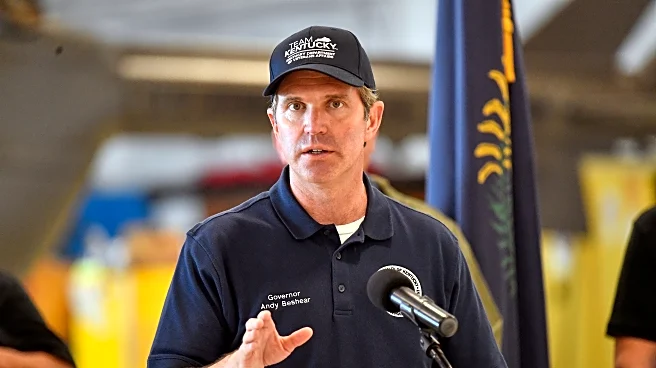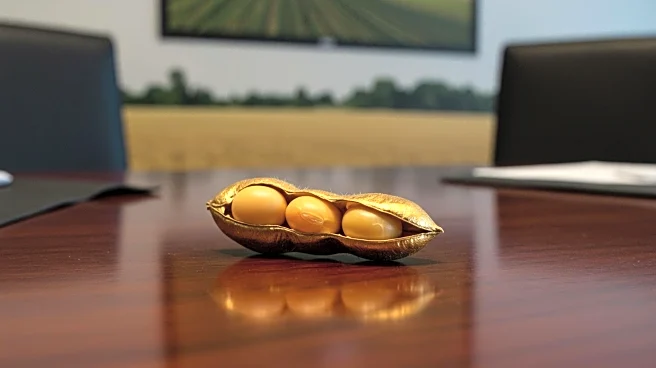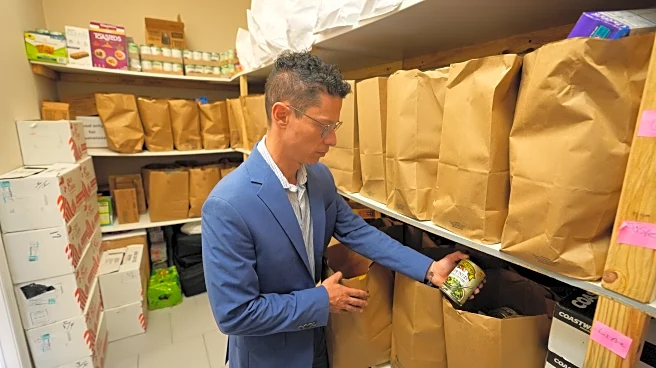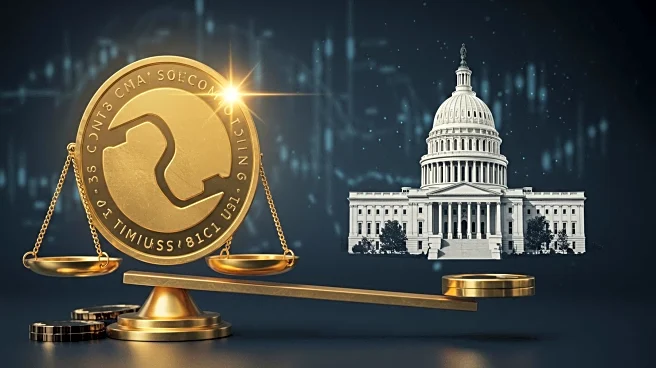What's Happening?
Beef prices in the United States have seen a significant increase, driven by a combination of factors including drought conditions and tariffs imposed by the Trump administration. The drought, affecting key cattle-producing states like Texas, Oklahoma, and Nebraska, has led to a reduction in cattle volumes, reaching the lowest levels since 1951. Additionally, tariffs on beef imports from Brazil, the largest beef exporter to the US, are contributing to the price surge. Despite these challenges, American consumers have not yet reduced their beef consumption, although projections suggest a potential decrease in 2026 if prices remain high.
Why It's Important?
The rising beef prices have broad implications for the US economy and consumers. As beef is a staple in American diets, continued price increases could lead to changes in consumer behavior, potentially affecting the food industry and related sectors. The tariffs on Brazilian beef, part of broader trade tensions, may further strain international relations and impact the availability of beef in the US market. The situation underscores the vulnerability of agricultural sectors to climate change and geopolitical factors, highlighting the need for strategic planning and policy adjustments.
What's Next?
If high beef prices persist, consumers may begin to shift their dietary preferences, potentially increasing demand for alternative proteins like chicken, which is currently more affordable. The US government may need to reassess its trade policies and consider measures to support domestic cattle production. Additionally, ongoing climate change could lead to more frequent and severe droughts, necessitating long-term strategies to ensure food security and sustainability in the agricultural sector.
